What to do to fix and repair a damage old comic book?
Restoring comics is a crafty art that involves the use of non-original materials in attempt to return a comic book to its known state.
With the use of chemicals and physical alterations, it aims to repair the damages caused by time, dirt and dust, and other results of keen reading to make it look as new as possible.
Easy steps on how to restore your comic books
Comic book restoration often requires the expertise and skills of comic restoration experts and professionals. Especially when dealing with collectible and rare ones.
However, if you intend to restore your comics to keep an intact and readable collection, here are easy to follow tips on how you can handle minimal damages.
Materials You Will Need:
- Comic Books: The comics you want to restore.
- Gloves: To protect your hands and prevent oil and dirt transfer.
- Mylar Bags and Backing Boards: These are used for long-term storage and protection.
- Eraser: A soft white vinyl eraser works well for removing pencil marks or smudges.
- Deacidification Spray: Helps neutralize acid content in old paper to prevent further degradation.
- Tape: Acid-free, archival-quality tape for repairing tears or attaching loose pages.
- Comic Book Press: If you have access to one, this can help remove creases and flatten pages.
- Conservation and Restoration Supplies: These include acid-free paper, pH-neutral adhesive, and fine-tip brushes for more extensive repairs.
Steps to Restore Comics
- Clean Your Hands: Before handling comics, make sure your hands are clean. Wear gloves to prevent oils, dirt, and moisture from transferring to the pages.
- Assessment: Examine each comic to assess its condition. Note any issues like tears, creases, stains, or missing pages.
- Remove Loose Dirt: Gently brush away any loose dirt or debris from the comic’s cover and pages. Dust and grime build up damages the gloss and color of your comic book pages. Gently remove the dirt with the use of a soft brush, soft cloth, or cotton.
- Erase Pencil Marks: Use a soft white vinyl eraser to carefully remove pencil marks or smudges. Make sure the eraser is clean and not too abrasive. Be gentle to avoid damaging the paper.
- Repair Tears: For small tears, you can use acid-free tape on the backside of the page to hold the tear together. For larger tears or missing pieces, consider using archival-quality paper and adhesive to repair and fill in the gaps. You can also repair tears and holes with a rice paper. Fill in the holes and tears on opposite sides. Cover the rice paper with wax paper before turning the pages. This will prevent them to stick together.
- Flatten Pages: If your comics have creases or wrinkles, you can try placing them under a heavy stack of books or use a comic book press to help flatten the pages. Be cautious not to overdo it, as excessive pressure can cause further damage.
- Deacidify: If your comics are old and yellowing due to acid content, consider using a deacidification spray. This helps neutralize the acid and slow down further deterioration.
- Storage: After restoring your comics, store them in mylar bags with acid-free backing boards to protect them from light, moisture, and physical damage. Ensure they are stored upright to prevent spine stress.
- Environmental Control: Maintain a stable environment for your comics. Avoid exposure to direct sunlight, extreme temperatures, and humidity, as these can cause fading and paper damage.
- Professional Restoration: If your comics require extensive restoration or if they are valuable collectibles, it’s advisable to consult a professional comic book restorer or conservator. They have the expertise and tools to handle delicate restoration work.
Things to consider
- Comic book infilling – also known as comic book piece replacement. This is a process of adding pieces to areas with missing paper. A piece replacement material may be in a form of non original paper such as wood, cotton, fiber papers, paper from a donor comic book, or color copied pieces.
- Comic book re glossing – the process of enhancing the comic’s cover gloss by applying art fixodent spray.
- Comic book spine reinforcement & spine split sealing – uses reinforcement paper (usually cotton fiber papers or wood) and adhesive to reinforce or seal a weak page on the comics or the comic’s spine.
- Comic book tear sealing – the process of sealing tears and dents a comic book with the use of an adhesive; it could be a cellulose, chemical, or protein based glue.
Remember that restoration should be done with care and respect for the comic’s original condition. Overzealous restoration can sometimes diminish a comic’s value, particularly for collectors. When in doubt, consult experts or seek professional help for valuable or rare comic books.

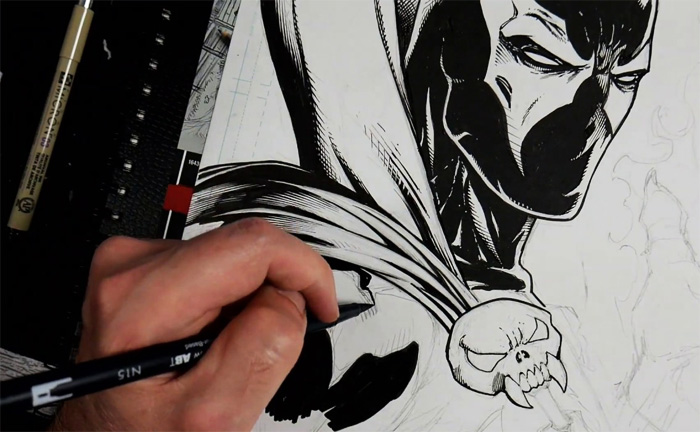
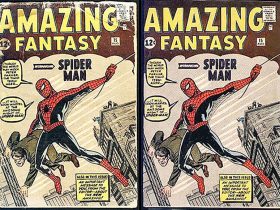
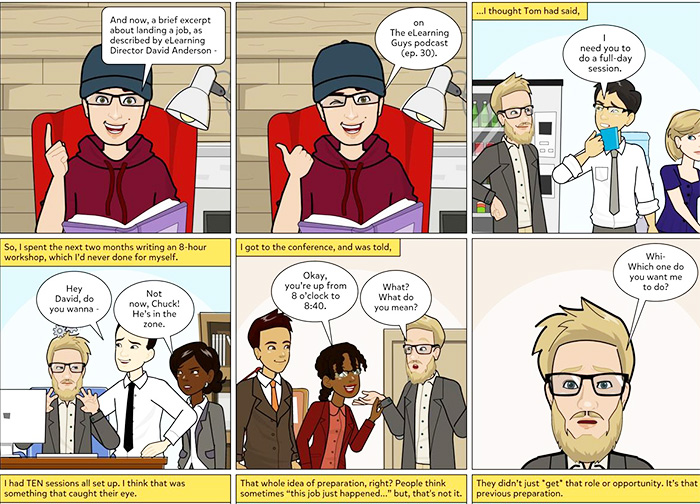
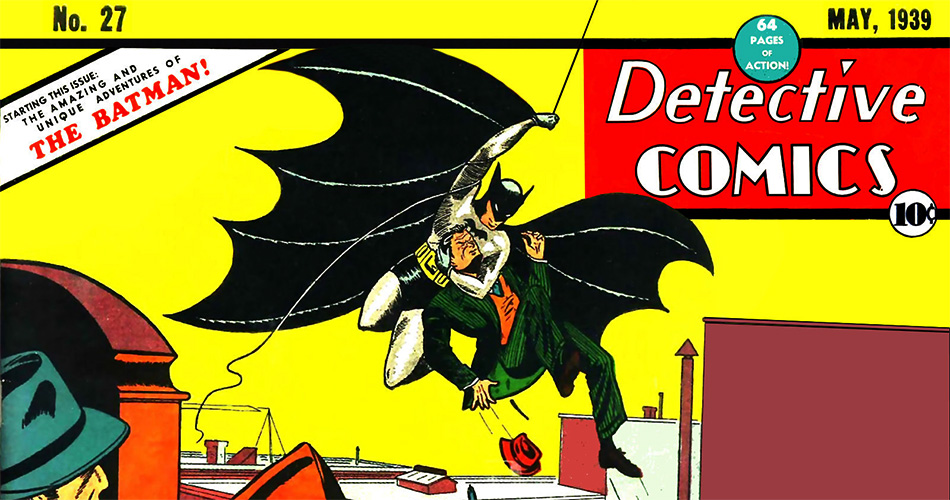


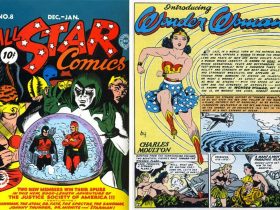
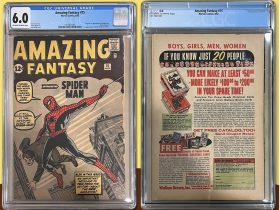
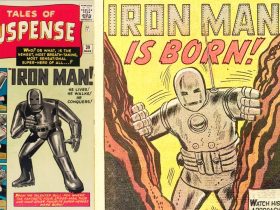

Leave a Reply